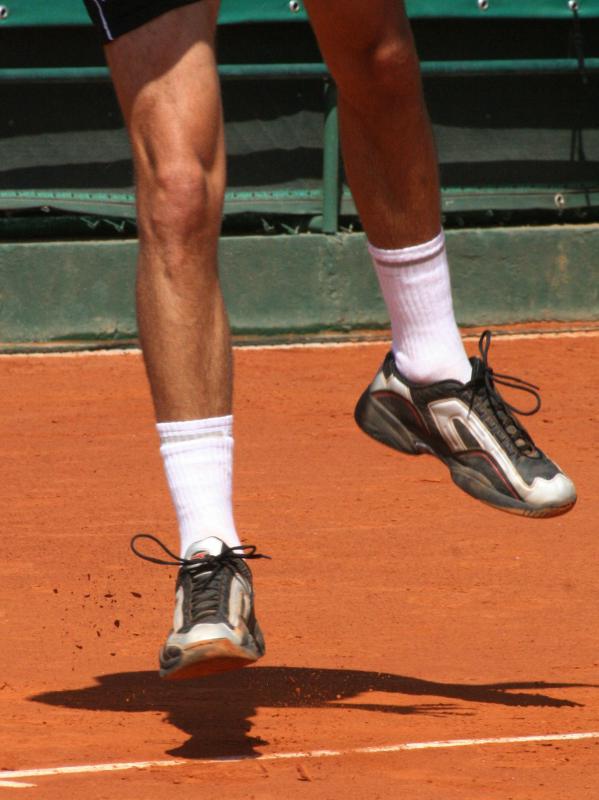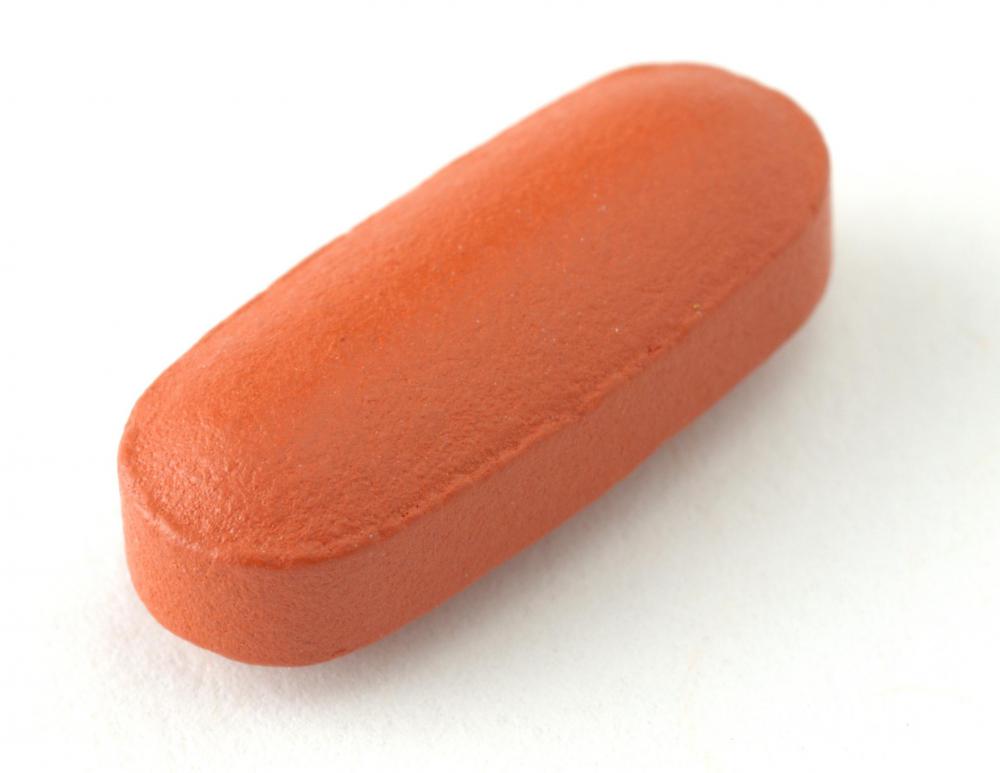At TheHealthBoard, we're committed to delivering accurate, trustworthy information. Our expert-authored content is rigorously fact-checked and sourced from credible authorities. Discover how we uphold the highest standards in providing you with reliable knowledge.
What are the Different Causes of Bone Calcification?
Bone calcification results from calcium deposit build-up in the joints. It may be caused by arthritis, Conradi-Hunermann syndrome, or soft tissue trauma. Treatment usually focuses on alleviating the pain, inflammation, and swelling that are often associated with bone calcification. Nonsteroidal anti-inflammatories, stretching, and physical therapy may be used to treat this condition. When pain interferes with daily life, needling or excision may be necessary.
Arthritis is the most common cause of bone calcification. As calcium deposits settle into the joint space, calcium salts adhere to the synovial membranes around the joint. The build up of calcium salts on the synovial membranes results in inflammation, stiffness, pain, and swelling. Over time, there may be so much calcium in the joint that the bone ends become fused together.

Conradi-Hunermann syndrome is among a group of skeletal dysplasias, or genetic skeletal disorders, in which calcium salt builds up at the ends of the long bones. This syndrome is X-linked, which means that it is inherited from the mother and affects predominantly females, although occasionally a male will have the condition. In addition to calcification, this syndrome may cause short stature, compressed upper arm and thigh bones, and a curved spine. A flattened mid-face, prominent forehead, skin thickening, dryness, and mental retardation in rare cases, are other symptoms associated with Conradi-Hunermann syndrome.

If soft tissue such as a tendon is injured, the site of the injury develops scar tissue. This often occurs at the rotator cuff in the shoulder. Calcium deposits build up in the scar tissue and cause pain, soreness, and stiffness. Osteoarthritis and frozen shoulder, i.e., an inability to move the shoulder due to pain, may develop. Calcium deposits tend to resolve on their own within four weeks, however.

Doctors generally begin treating the symptoms of this condition with medication and exercise or physical therapy. Nonsteroidal anti-inflammatories, such as ibuprofen, ketoprofen and naproxen, may be recommended to bring down the swelling and alleviate associated pain. Moist heat may provide some relief as well. Stretching exercises, at home or in physical therapy sessions, may prevent the symptoms from progressing.

If conservative treatments fail to help and/or if the pain is interfering in activities of daily living, surgery may be suggested. The calcium deposits can be removed either by needling and aspiration or excision. Both procedures are done under sedation. In the first, a needle is inserted into the bone calcification and the doctor attempts to aspirate, or suck out, the deposit. Saline, novocaine or cortisone is then usually injected into the remaining calcium.

The second option, excision, or manual surgical removal, of bone calcification is more invasive. A small incision is made over the area of the calcification and, using a small camera, the surgeon cuts the calcified area off of the bone. Following surgery, the patient may have several sessions of physical therapy to help build strength and improve function in the affected area. Other than bruising, complications are rare following either surgical procedure.
AS FEATURED ON:
AS FEATURED ON:
















Discussion Comments
Hi Heavanet. I do have an orthopedic doctor that I see several times a year, but I'm sure that your family doctor can help you get on the right path to dealing with any pain issues that you are experiencing from bone calcification.
Rundocuri, did your family doctor help you find an exercise program for your bone calcification issues, or did you go to an orthopedic specialist?
As someone who has experienced joint pain for many years and has been diagnosed with bone calcification, I highly recommend a regimen of exercise and stretching to deal with this issue. Though you should always first seek the advice of your doctor, once you know the best exercises for your bone calcification issues, you are very likely to have relief from the discomfort this condition may cause.
Post your comments